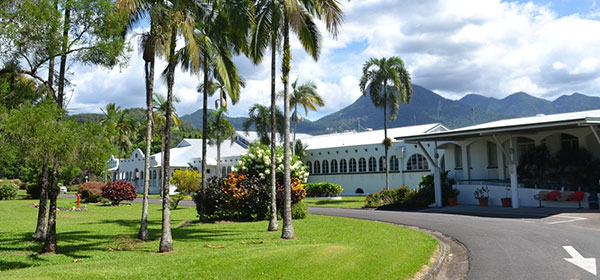A new study has revealed that people who live in regional, remote or rural regions are 90 per cent more likely to die from heart conditions caused by high blood pressure than people living in or near major cities.
The Heart of Inequality report conducted by the Mary Mackillop Institute for Health Research at Australian Catholic University (ACU) found that socio-economic status, location and access to health services create disparities in cardiovascular disease (CVD) health outcomes.
The report also found that hospital admissions for instances of chronic heart disease are increasing, with an estimated 800,000 admitted last year for coronary artery disease, 170,000 with heart failure and 330,000 for atrial fibrillation.
It also revealed that Indigenous Australians in some areas will suffer heart failure, on average, 20 years earlier than the general population.
And any Australians who survive a cardiac event will inevitably develop a chronic, and costly, form of heart disease that will stick with them for life.
Mainly, The Heart of Inequality report highlighted the disproportionate instances and outcomes of heart disease across Australia and the need to find a solution.
“Indigenous Australians and people living in regional and rural Australia experience greater heart disease risk and poorer outcomes in the context of often limited health care resources,” said lead author Dr Yih-Kai Chan.
“In a geographically sparse continent, these gaps pose significant challenges for matching health services to individual needs to improve persistently poor health outcomes associated with chronic heart disease.
“To make matters worse, our ageing population coupled with an evolving sedentary lifestyle means chronic heart disease will continue to be one of the leading causes of death, disability and very poor quality of life among adult Australians in the foreseeable future.”
Researchers recommend the establishment of an advisory group to help manage these growing disparities and to implement a practitioner program for the prevention and management of heart disease.
In our opinion, report findings such as these highlight the need for older Australians to stay nearer to metropolitan areas and, in turn, decent health facilities.
However, Australia’s metropolitan housing affordability issues make staying near the city difficult. And government incentives often encourage (nay, push) retirees, pensioners and lower to middle income earning households further out of town and into areas where there are poor health services.
The Government needs to step in and change some laws, so developers and foreign investors don’t have such an advantage over young families and those looking to downsize. If metropolitan housing is ever to be affordable, this needs action to be high on the agenda.
Although, improving regional and rural health infrastructure also needs to be a priority, because no matter how much we’d all like to live near the city, our expanding population makes this an impossibility.
Do you live in a remote, rural or regional area? What is your experience with health services in these areas? What can be done to keep Australians both young and old closer to decent health facilities?
Related articles:
Heart disease hotspots revealed
Discounts are just what the doctor ordered
Could you be denied surgery?

